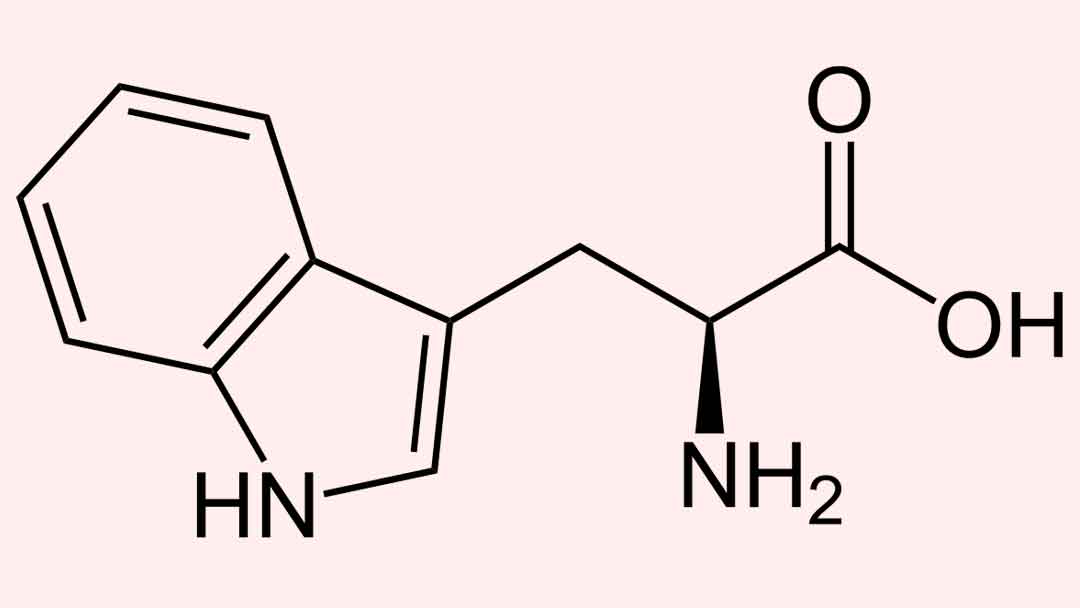Low Plasma Tryptophan Ratios May Cause Weight Gain After Dieting

A paper reports on nine obese patients who completed a weight-loss program, which involved taking a commercial, very-low-calorie liquid diet under medical supervision. At the conclusion of their stringent diet, the obese subjects had lost almost 30% of their initial body weight and the percentage of their body-fat values decreased almost to that of the controls. The lean body mass (except for one subject who had an unusual increase during weight loss) did not differ significantly before and after weight loss.
The plasma tryptophan concentrations and ratios of tryptophan to large neutral amino acids in the obese subjects were, however, low at all times, with these effects persisting after weight reduction. Before weight loss, the subjects had below-normal plasma tryptophan concentrations, with concentrations of the other LNAAs moderately elevated, with the result being a low ratio of tryptophan to LNAAs. After weight loss, there was some reduction in plasma LNAA concentration, but the tryptophan ratio remained low because of persistently low tryptophan concentrations. They found no difference between the subjects and controls in the response of branched-chain amino acids to insulin infusion (uptake from the bloodstream into peripheral tissues). Plasma tryptophan ratios are also reported to be below normal in obese subjects, and the ratios may decrease with dieting—a possible reason, the authors suggest, for relapse after diet-induced weight loss.
Breum et al. Twenty-four-hour plasma tryptophan concentrations and ratios are below normal in obese subjects and are not normalized by substantial weight reduction. Am J Clin Nutr 77:1112-8 (2003). More at www.life-enhacement.com
